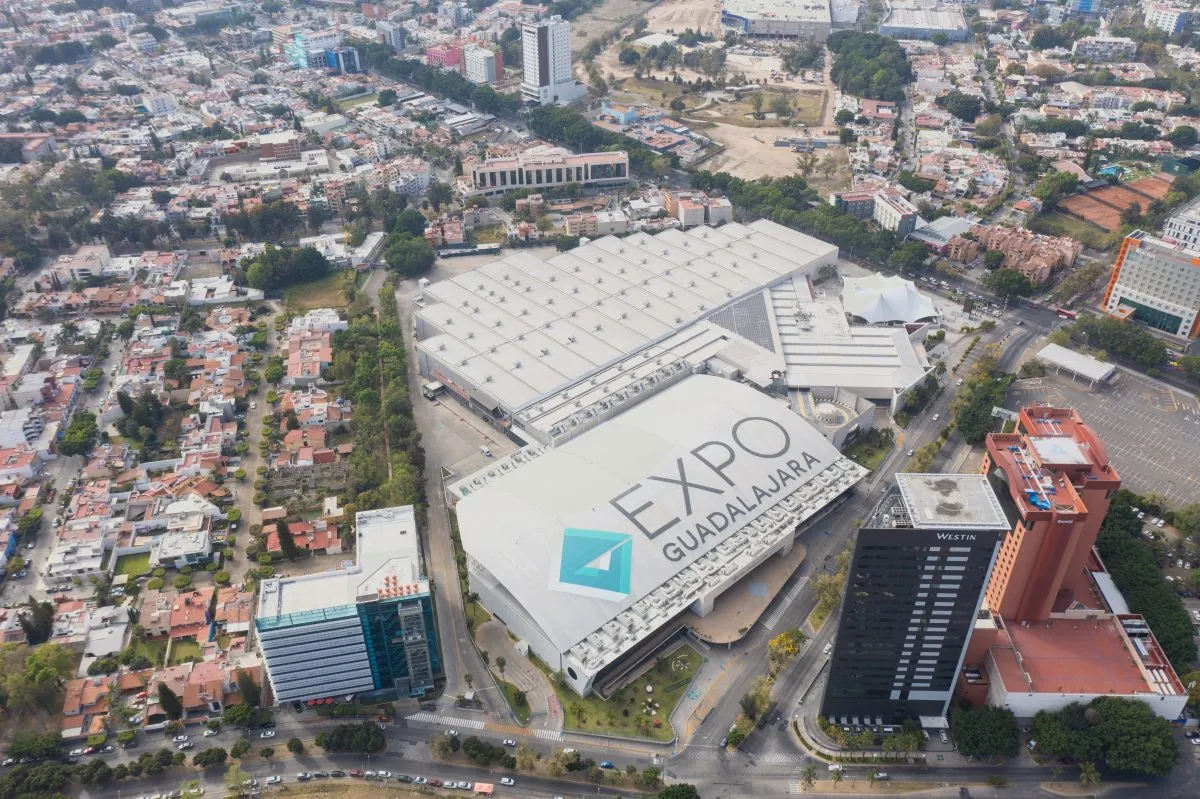Augmented vs Virtual Reality at Events. The Debate that Never Was.

I always enjoy when we publish a trends report. All of a sudden an army of poorly inspired outlets starts using our words without any idea of what they mean.
It was the case of Mixed Reality which we announced as one of the key trends for 2017. In the same report, we also talked about Augmented Reality and its impact on digital marketing.
And the fundamental question of 2017 was born in the eye of the misinformed content marketer. Augmented Reality or Virtual Reality? What should we use for our events?
What a Waste of Time
We can surely debate on whether this is going to be the year when one of the two technologies will prevail regarding adoption by eventprofs. Let us talk about event planning and let eventtech worry about that. It's none of your business.
Your choice cannot be between AR and VR. They are two completely different technologies that do different things. Comparing them is comparing apples and oranges (apologies for the stereotypical metaphor).
Who Does What
Augmented Reality in simple terms animates stuff. You point your device at an object or a person (Snapchat filters), and you activate graphics or content that looks real.
Virtual Reality (for the portion that impacts events) involves experiencing an event through the use of special cameras that offer 360 degrees and it gives a realistic perspective of what is being viewed, very similar to attending in person. Virtual reality also impacts interaction with fellow virtual attendees.
Another interesting application of VR is venue inspections - the ability from event planners to visit sites without being there. We will leave it out for the time being as it is not strictly related to the actual event experience.
The Impact
Augmented reality adds contextual information to our offline experience. The implications are extremely attractive. From having fun looking like a dog while snapping a selfie with our friends to getting contextual slides or speaker information during a presentation. From pointing our device and getting venue directions to augmenting exhibition booths.
The benefits are regarding engagement and bridging a chronic lack of information that offline has. We are now used to consuming online products with an avalanche of information. From Googling to screening social networks, we know everything about everything and everyone.
Augmented reality places an important role to satisfy our thirst for information and to surprise us with unexpected content.
Virtual reality has one key benefit for the time being in events; it helps to connect remote audiences to events. The very popular hybrid event format (which has suffered from a chronic lack of supporting technology) experienced a humongous level of investment from companies like Facebook and Samsung and technology to help it.
The objective is to involve those that cannot attend. We discussed time and time again over the past ten years that hybrid events, as well as the use of social media, do not cannibalize attendance, it increases FOMO. So let's get over irrational fears very quickly.
Question Marks
There are significant doubts about both technologies. There is massive hype. We don't know yet whether these two technologies are gimmicks or real tools we can count on. They haven't crossed the chasm yet.
Augmented Reality is in its second comeback after making waves in 2008 and then being immediately dismissed as a gimmick.
There is a lot of interest, CES was pretty much all about VR. AR powers some of the most exciting apps. Will they make an impact at your event? Still to be seen.
What Are You Comparing?
One thing for sure, you cannot choose one or another. You cannot say: "Well, this year I am going to try VR and next year I will give AR a go". It does not make any sense whatsoever.
Are you trying to engage live attendees? Are you trying to involve remote audiences? These are very different questions that call for extremely different answers.
In Conclusion
AR and VR are two fresh #eventtech tools for our events. They also are very different and respond to incredibly different objectives.
What should you do about it? Learn more about them and the practical applications for your event. As always make an educated choice on whether they can impact your event positively.
Consider the level of technology available, the tech friendliness of your audience, the content and format of your event. But please, do not compare them against each other!




